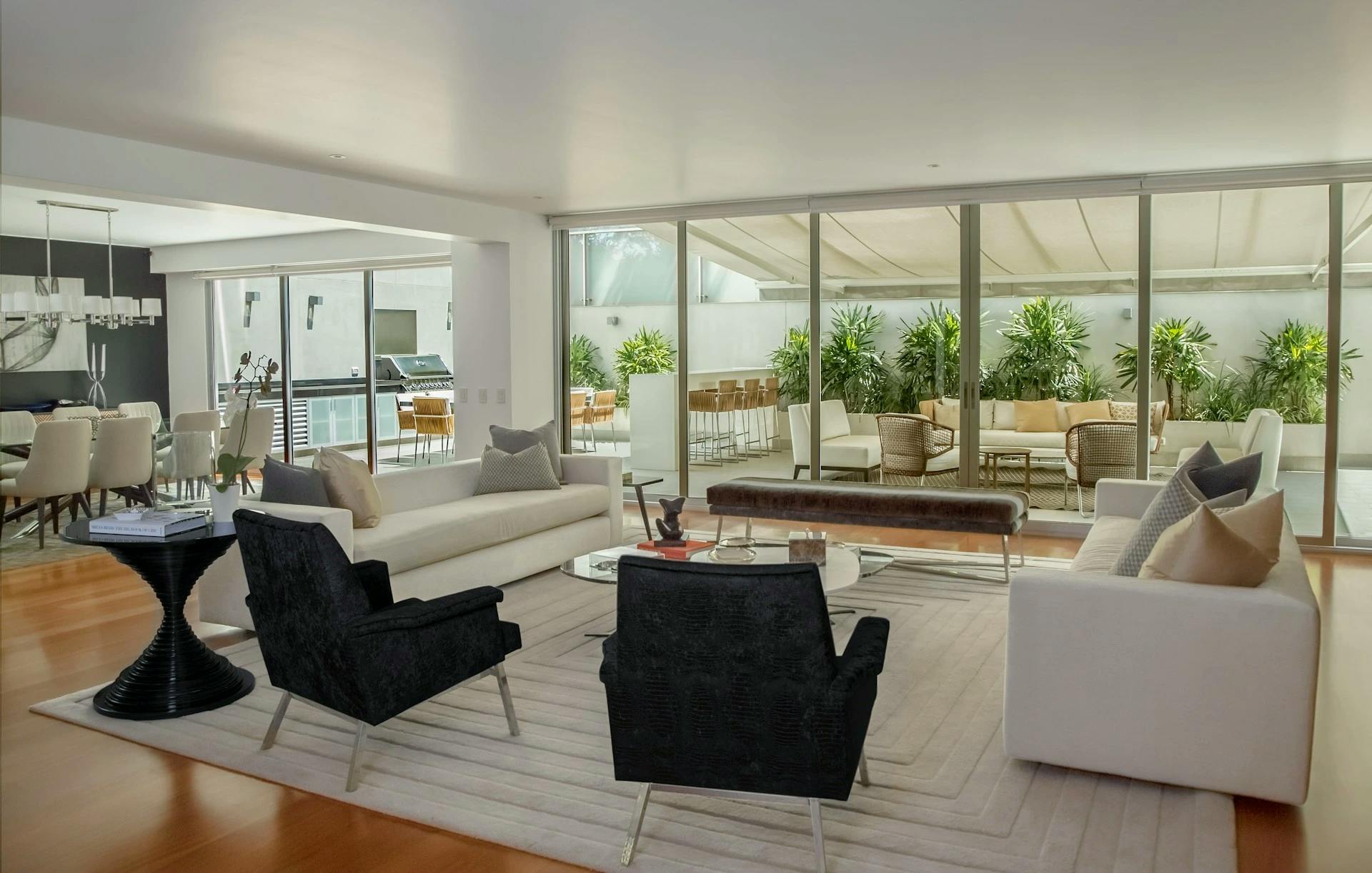The Rise of Biophilic Design in Urban Architecture

Explore the growing trend of biophilic design in urban architecture. Learn how incorporating nature into building design enhances well-being, productivity, and sustainability in our increasingly urbanized world.
As urban populations continue to grow, the need for connection with nature becomes increasingly vital for human well-being. Biophilic design, an approach that seeks to connect building occupants more closely to nature, has emerged as a powerful trend in urban architecture. This innovative design philosophy is not just about aesthetics; it's about creating spaces that enhance health, productivity, and overall quality of life. Let's delve into how biophilic design is transforming our urban landscapes in 2025.
Understanding Biophilic Design
Biophilic design incorporates natural elements and patterns into the built environment. It's based on the concept of "biophilia," which suggests that humans have an innate connection with nature. Key elements include:
- Direct nature integration (plants, water features)
- Indirect nature references (natural materials, colors, patterns)
- Space and place conditions (natural light, views of nature)
Benefits of Biophilic Design
1. Enhanced Well-being
- Reduced stress and anxiety levels
- Improved mood and cognitive function
- Better sleep quality for residential spaces
2. Increased Productivity
- Higher employee engagement in office environments
- Improved learning outcomes in educational settings
- Enhanced creativity and problem-solving skills
3. Improved Air Quality
- Natural air purification through plants
- Reduced volatile organic compounds (VOCs)
- Better humidity regulation
4. Energy Efficiency
- Reduced need for artificial lighting
- Natural temperature regulation
- Potential for lower HVAC costs
5. Increased Property Value
- Growing demand for biophilic spaces
- Potential for higher rental rates
- Longer tenant retention in commercial properties
Implementing Biophilic Design in Urban Architecture
1. Green Walls and Roofs
- Vertical gardens in building facades
- Rooftop gardens and urban farms
- Integration of diverse plant species
2. Natural Light Optimization
- Large windows and skylights
- Light wells and atriums
- Dynamic glazing technologies
3. Water Features
- Indoor fountains and water walls
- Rainwater harvesting systems
- Reflective pools for natural cooling
4. Organic Shapes and Forms
- Curved architectural elements
- Fractal patterns in design elements
- Biomimicry in structural design
5. Natural Materials
- Use of wood, stone, and other organic materials
- Incorporation of textures that mimic nature
- Sustainable and locally-sourced materials
Challenges and Considerations
- Maintenance: Living elements require ongoing care and maintenance
- Cost: Initial implementation can be more expensive than traditional design
- Climate Considerations: Adapting biophilic design to various climate zones
- Building Codes: Navigating regulations for innovative design elements
The Future of Biophilic Design
As we look ahead, several trends are shaping the future of biophilic design:
- AI-Driven Biophilic Environments: Using artificial intelligence to optimize natural elements for occupant well-being
- Biophilic Urban Planning: Extending principles to entire neighborhoods and cities
- Virtual Nature: Incorporating digital nature experiences for spaces where real nature is limited
- Regenerative Design: Moving beyond sustainability to create buildings that actively restore ecosystems
Conclusion
Biophilic design represents a crucial shift in how we approach urban architecture. As cities continue to grow and densify, incorporating nature into our built environment is not just a luxury—it's a necessity for human health and well-being. For architects, developers, and urban planners, embracing biophilic design principles offers an opportunity to create spaces that are not only beautiful and functional but also nurturing and restorative. As we move further into 2025 and beyond, we can expect biophilic design to play an increasingly central role in shaping the cities of the future.
